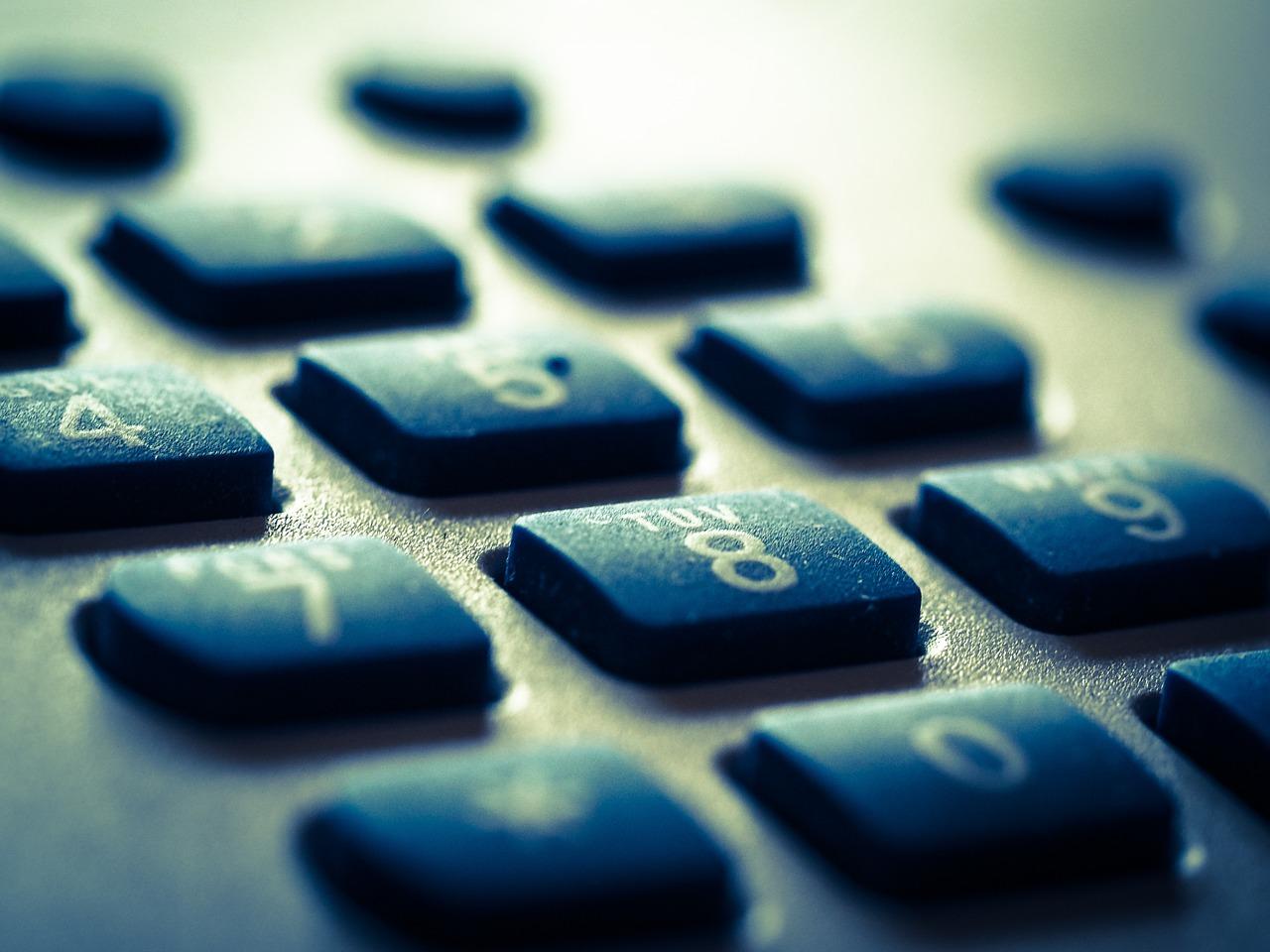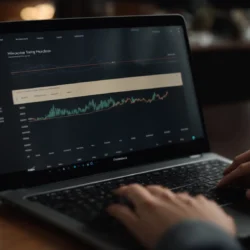An automatic dialer, or autodialer, is a device that automatically dials phone numbers. When a call is answered, the device will either play a prerecorded message or connect the call to a live person. These days, automatic dialers are generally part of software packages, and they’re a vital part of any call center. While auto-dialers are frequently associated with telemarketing, they can be used for other purposes as well. For example, school systems often use them to provide information about closures, and they can be used to leave voicemail reminders about appointments. Contact centers can also use them outside of their sales efforts, and they save agents from the monotony of manual dialing. You can find a few different kinds of automatic dialers, and choosing the best one will depend on an organization’s goals and the number of available agents.
Power dialers
A power dialer, sometimes referred to as a preview dialer, is the simplest and arguably the slowest option available. Call center agents preview potential customers from a list, and they simply click to call when they’ve found a promising lead. Power dialers can only dial one number at a time, but they’re good options for those engaged in consultive sales. Because leads are thought out beforehand, this method can theoretically lead to a higher conversion rate than others.
Progressive dialers
With progressive dialing, caller information is sent to an available agent while the call is being made. This ensures that all potential leads are called without discrimination, because agents aren’t allowed to choose their calls from a list of phone numbers. This style of dialing is best suited for a sales force that uses a scripted process.
Predictive dialers
These days, a predictive dialer is considered the best option for most call centers. Using this software efficiently will require a larger team of agents, but predictive dialing offers the highest speed and efficiency. Unlike the other options, predictive dialers can call multiple numbers at the same time. This is typically based on a call ratio proportionate to the number of available agents. Agents will have multiple calls to handle at once, and predictive dialers will perform preset actions based on the results of the call. This means they will leave an automated voicemail when directed, they will try calls later when receiving busy signals, or they will connect calls to live agents when answered.
The speed of predictive dialers makes it much easier to find leads, although a potential drawback is the delay that can occur between a call being answered and the transfer to an agent. As with all automatic dialers, call centers using them must be aware of their limitations and stay compliant with regulations.
Legal considerations
The Telephone Consumer Protection Act (TCPA) was enacted in 1991 to limit the use of automatic dialers for telemarketing purposes. This protects consumers with the national Do Not Call registry, and sales teams must check their list of leads against this registry. It’s also important to check call lists against any state or local registries that may be in place. The rules are particularly strict on “robocalls,” or automated calls that simply play a prerecorded message. These days, companies must obtain consent from consumers before they can robocall them, and the message must include opt-out instructions.
FCC guidelines have also become stricter on dropped calls, making it illegal for dropped calls to exceed 3% of an organization’s total calls. Misusing automatic dialers could lead to costly liabilities, because there’s a $16,000 fine per violation of dropped calls guidelines, regardless of the size of the organization or the total amount of calls.





